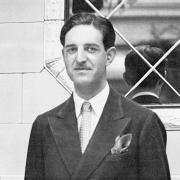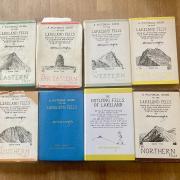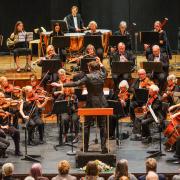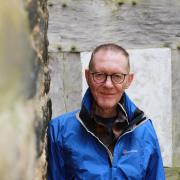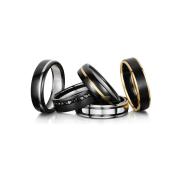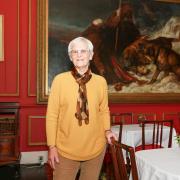Mike Glover reports on plans to recreate a British aviation first on the banks of Windermere

On Christmas Day 1914 a daring raid by the British on a Zeppelin base in Northern Germany gripped the imagination of the public.
Seven seaplanes took off from atop gun turrets of supporting carriers and, with the fire cover of ships and submarines, flew through the freezing fog with the intention of dropping bombs on the airships’ hangars at Cuxhaven.
They returned to the fleet, landed on the sea and were hauled back on board with cranes. All pilots survived and news of the raids raised morale and calmed a population alarmed by the Zeppelin threat.
Air power had been added to sea power with an explosion of technological development as futuristic then as a manned mission to Mars would be now. But Britain would not have had its seaplanes, had it not been for the vision and persistence of a Lake District land owner and the engineering skills of a Lancashire manufacturer.

Now, a charity is raising money for a replica the plane that made such flights possible and a permanent home for it by Windermere where this extraordinary story began. The charity is The Lakes Flying Company Limited, so named after the original organisation behind a hydro-aeroplane that came to be called Waterbird.
The first person to fly as a passenger on Waterbird was aeronautics pioneer Gertrude Bacon. She wrote: ‘To fly over water is certainly to taste to the full the joy of flight, and when the water is Windermere and the scenery the pick of English Lakeland, the result is something not lightly forgotten.’
The company’s first patron was Lord Lonsdale but it was another director, from another distinguished Lake District family, who was really the inspiration. Barrister and land owner Captain Edward William Wakefield had a fascination with flying machines, having been among the spectators at an aviation meeting in Blackpool in October 1909.
Charity official Ian Gee, said: ‘The experts told him accidents were unavoidable and it was impossible to fly off water, because surface tension would stop anything from taking off. He spent the next two years developing a float that overcame this problem.’
Wakefield and A.V. Roe & Company of Brownsfield Mills, Manchester. decided to build a version of an American plane that had taken off from water in California.
On the 25 November 1911, Waterbird taxied out on to the lake and successfully flew and landed safely. This was the first successful flight from water in the British Empire.
In spite of complaints about noise from locals, including Beatrix Potter, tests flights continued with the support of Winston Churchill. It was he who coined the name ‘seaplane’.
Wakefield, who went on to serve during the First World War, saw the future of seaplanes as scouts but Churchill had other ideas. He encouraged the training of pilots at Windermere and saw the days when flying machines could play a much more pro-active role, as illustrated by the raid on Cuxhaven.
The original Waterbird was destroyed by fire in March 1912 but parts were retrieved and ultimately presented to the RAF Museum. Then, six years ago, Richard Raynsford, the great-great nephew of Edward Wakefield, had the idea of a living museum and construction of a replica Waterbird.
The charity gained a Heritage Lottery Fund grant, including for educational work and the digitising of old photographs and documents, which was successfully concluded.
The next target is to raise £160,000 to complete a replica. Unlike the original, it will be able to take off from both land and water. It will also have removable wings so it can be transported and also displayed indoors.
The charity still has some way to go and has launched an Adopt a Part scheme as a way of attracting funds. When that is complete, the charity will try to raise enough money for a museum to house the replica.
Until December 20, the surviving float of Waterbird, its patent and other artefacts are on show at The Museum of Lakeland Life & Industry in Kendal, as part of the display: First World War Centenary: From Fells to Flanders.
For more information and contact details, see www.waterbird.org.uk














